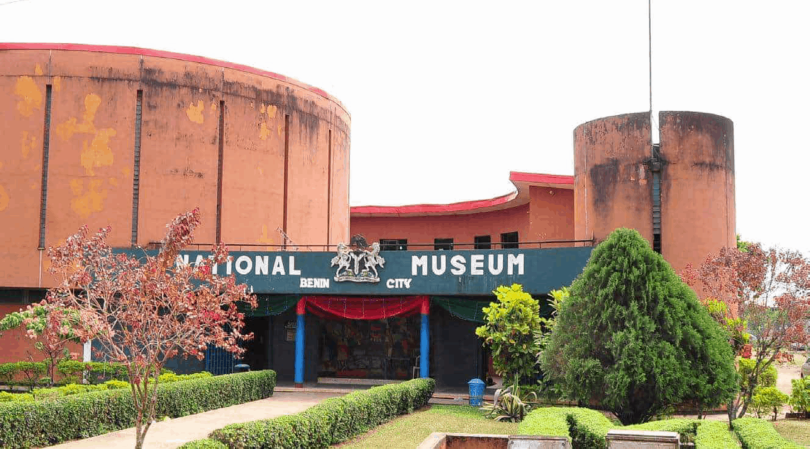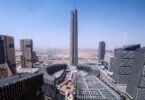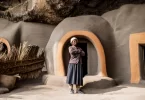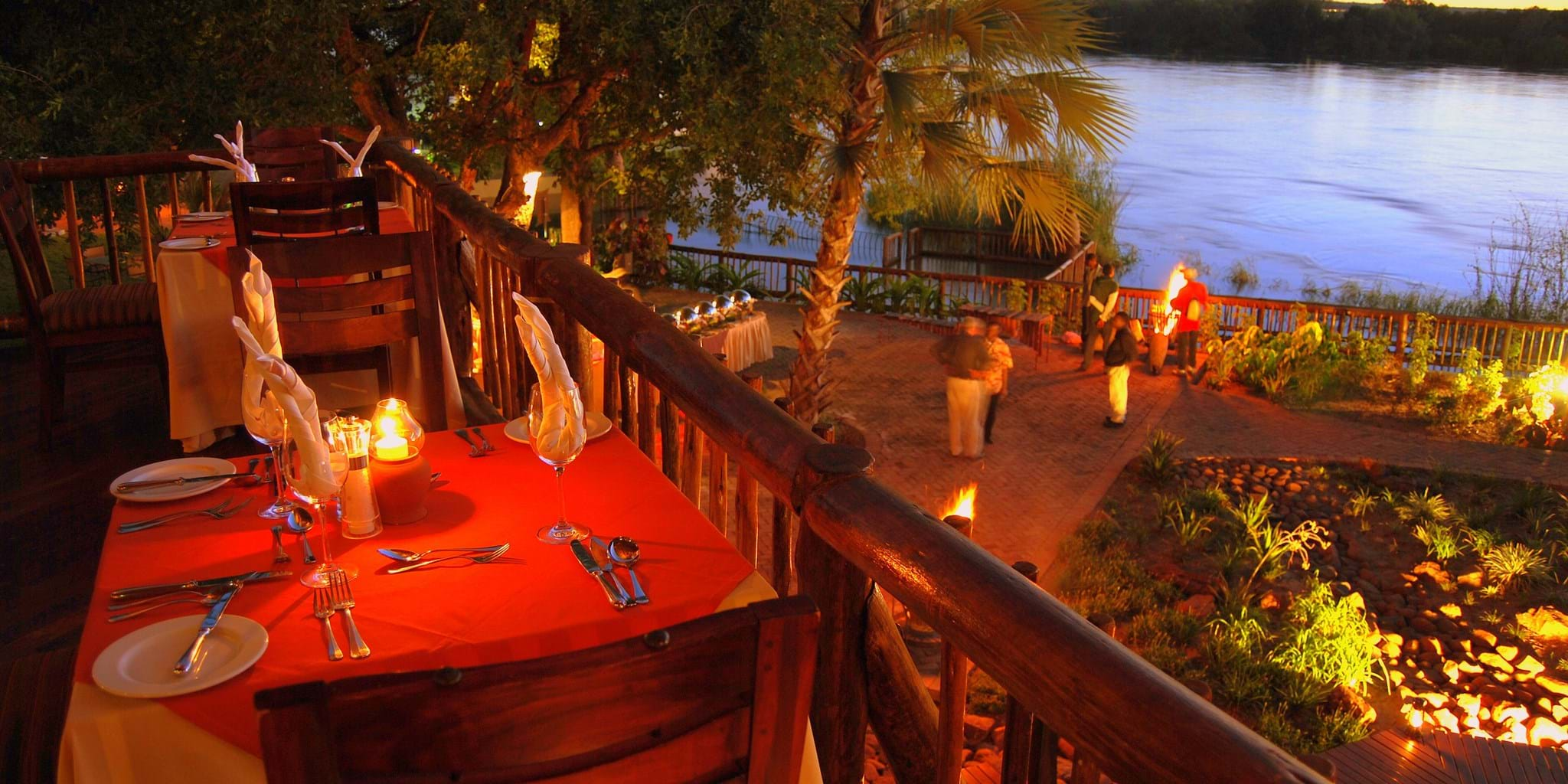The Nigerian National Museum is a must-visit destination if you are interested in discovering more about Nigeria. The museum tells the art, archaeology, and ethnography of this ancient West African country. It houses magnificent statues, carvings, antiquities, carved ivory, cultural and traditional attire, and archaeological items.
Table of Contents
What is the History of Museums in Nigeria?
It was established in 1957 and is one of the oldest museums in Nigeria. Kenneth Murray, an English archaeologist, and tourist is the founder. Nigeria’s diverse culture and historical values fascinated Murray so much.
He gathered several collections of Nigerian artefacts and built what is today known as the National Museum, Onikan, Lagos.
What Can be Found in Nigeria Museum?
The Nigerian National Museum has several sections. They include the following.
- Fertility
- Birth
- Initiation
- Adult life
- External influence
- Knowledge and learning
- Reincarnation
- Death
- Burial
- Funeral

Nigerian National Museum. Photo/TripAdvisor
Tourists explore Nigeria’s greatest cultural heritage here since the museum has a lot on display. Artefacts
The Nigerian National Museum houses a collection of artefacts from various ethnic groups. There are 47,000 items of different materials such as metal, wood, ivory, and terracotta. Masks, fabrics, drums, dane weapons, wooden figurines, Egungun outfits, and clay pots are among the antiquities on display.
Ancient crowns, royal regalia, items from the Kingdom of Benin, cultural objects from the Ibibio people, Igbo-Ukwu bronze artefacts, sandstone monoliths from the Oron culture, and terracottas from the Nok culture can all be found in the museum.
Statues
The museum also houses a collection of statues from varying times in Nigeria’s history. Traditional musical instruments such as fiddles, Sansas, and flutes are also in the museum.
The museum houses divination bowls and ancestral figures including Mumuye figures from Adamawa State and Ikengas wooden figures from the Igbo culture carved from ancient wood.
The museum also has a mask collection, which includes Calabar Ekpo masks and Gelede wooden masks.
Jewellery
It also has a collection of jewellery and crafts, as well as textiles from Nigeria’s Okene, Bida, and Western states, including Akwete cloth and other textiles. Nike Davies-Okundaye, Abiodun Olaku, Djakow Kassi, Bruce Onobrakpeya, Bolaji Ogunwo, Yusuf Durodola, Nosa Iyobhabha, Duke Asidere, Ben Enwonwu, Nathaniel Hodonu, Northcote W. Thomas, Kelani Abass, and Elizabeth Ekpetorson are among the Nigerian artists represented in the museum.
Portraits
A history of the Nigerian government and portraits of major Nigerian leaders are also at the Nigerian National Museum. Photographs of the presidents of Nigeria, both past sit here.
Culture and Sculpture
Photographs of Nigeria’s colonization and exhibits about the culture of Ife, an old Yoruba city, are also on display at the museum. The museum houses several sculptures, including the Dakakari people of Sokoto State’s grave sculptures.
They use grave sculptures to honour important people’s deaths, such as warriors, societal leaders, or chiefs. A sculpture of a Sukur woman in traditional Adamawa clothing is also on display at the museum.

Nigerian National Museum. Photo/The DailysBlog
A stunning sculpture of the Igbo spirituality deity Chukwu stands at the museum’s entrance. The museum also has stone carvings of the Ekoi people and animal sculptures from other Nigerian cultures.
Another fascinating exhibit in the museum is the bullet-riddled black Mercedes Benz in which General Murtala was killed in 1976. Murtala was Nigeria’s military head of state and eventually president. The state car also houses the export permit section, which issues permits for the export of artworks out of Nigeria. Museums in Nigeria
How to Get to Nigeria National Museum?
The Nigerian National Museum is in Onikan, Lagos. To get to the museum outside Lagos, take a flight or a cab directly to Modupe Alakija Crescent in Ikoyi, or take a bus to TBS, the island’s most popular bus terminal.
When is the Best Time to Visit Nigeria National Museum?
The museum is open from 9:30 a.m. to 3:30 p.m, from Monday to Saturday. Tourists should go between 10 a.m. and 12 p.m. during the off-peak period.
Things to Avoid at the Museum
- They forbid taking photographs inside the Museum.
- Avoid touching the artefacts.
- Do not carry or touch any museum objects.








